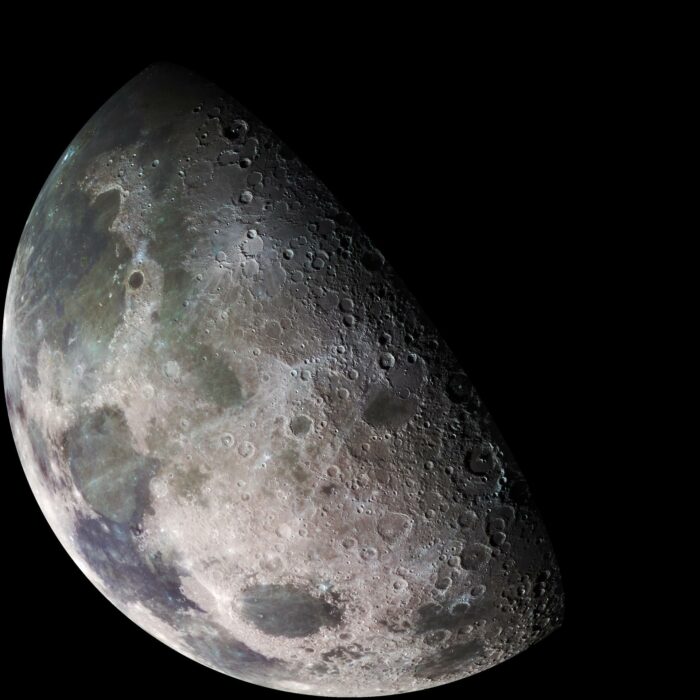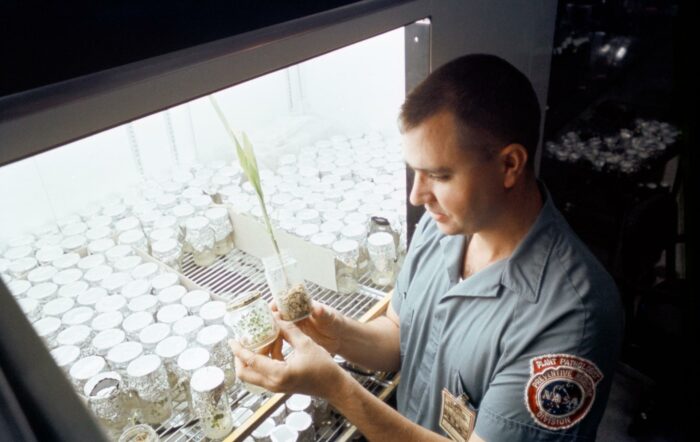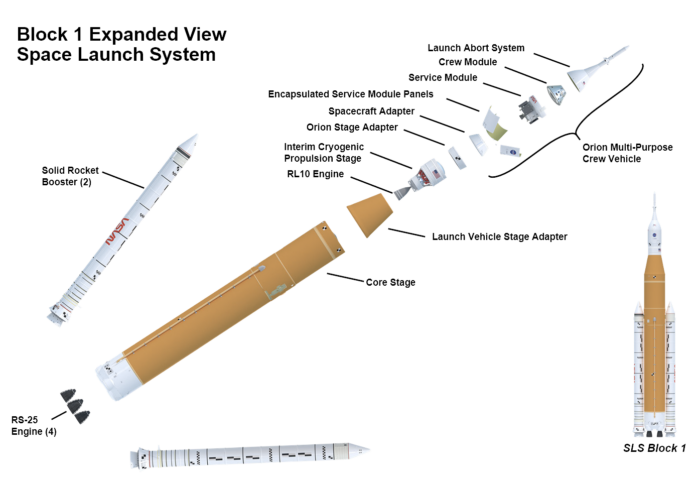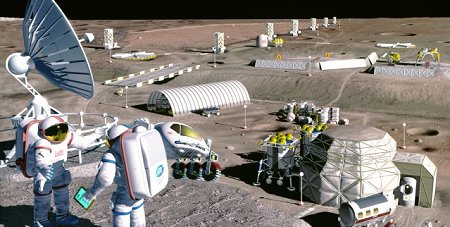by Danial Ibrahim
The idea of colonizing the moon, i.e. to send humans to live there, to govern and take control of our natural satellite, has been around for decades, and with recent technological advancements, we are closer than ever before to making the concept a reality. NASA plans to send humans to the moon by 2024, and private companies like SpaceX and Blue Origin are also working on their lunar missions.
However, colonizing the moon presents a unique set of challenges that we must overcome. In this article, we will explore some of the main challenges of lunar colonization and discuss how scientists and engineers work to solve them.
Many obstacles must be overcome, from building sustainable habitats to managing the harsh lunar environment, before establishing a permanent human presence on the moon.
Table of Contents
ToggleWhy Should We Colonize The Moon?
The idea of colonizing the Moon has interested humanity for several decades, but why should we pursue this goal? Here are some compelling reasons.
Moon Colonization As An Important Scientific Resource
The moon is a unique object in our solar system, and studying it can provide valuable insights into the formation and evolution of the planets. A human lunar presence can enable long-term research and experiments that could yield valuable insights into our solar system and beyond. Moon is also ideal for astronomical observations as it has a very thin atmosphere and no light pollution.

Economic Potential of Moon Colonization
The Moon is rich in resources such as helium-3, rare earth elements, and water ice that could be used as fuel and raw materials for future space exploration missions. By extracting these resources and bringing them back to Earth, we could create a new industry and a new source of energy. This could also provide new jobs and boost the overall economy.
Strategic Importance of Moon Colonization
Establishing a sustainable human presence on the moon can serve as a stepping stone for deep space exploration missions and create new opportunities for international cooperation. It can also be utilized as a strategic military location.
Colonization of The Moon As An Eternal Achievement
Colonizing the moon would be a historic achievement that would inspire future generations to push the boundaries of what is possible regarding space exploration. It would demonstrate the power of human ingenuity and determination and create a sense of unity and purpose among people worldwide.
Challenges Of Colonization
While there are many potential benefits to lunar colonization, there are also significant challenges that we must overcome.
Technical Challenges of Moon Colonization
Establishing a permanent human presence on the moon will require overcoming significant technical challenges such as developing safe and reliable transportation systems, creating habitats that can withstand the harsh lunar environment, and developing sustainable sources of energy and other resources.
Massive Financial Implications of Undertaking A Colonization Project
The project also requires significant investment, and the cost of developing the necessary technology, building infrastructure, and sustaining a permanent human presence will be substantial. It will require a long-term commitment and a sustained effort over many years.
Potential Health Implications from An Outer Space Exploration Project
There are several unknowns when it comes to living somewhere other than our own planet. Living on the moon presents significant health risks to humans, such as exposure to cosmic radiation, no breathable atmosphere, reduced gravity, as well as the potential for isolation and psychological stress. These risks will need to be managed and mitigated to ensure the safety and well-being of the colonists.

Navigating Legal and Political Issues of Moon Colonization
Colonizing the moon raises legal and political issues, such as ownership of resources, governance, and the regulation of space activities. These concerns will need international collaboration and the establishment of new legal structures.
Environmental Impact of Colonization
Lunar colonization could have significant environmental impacts, such as altering the lunar landscape. It will be essential to manage these impacts and ensure that our activities on our natural satellite are sustainable and do not cause long-term harm.
You may also like: 9 Most Popular Space Exploration Games You Must Try in 2023
How Can We Colonize the Moon?
Advances in space technology and the growing demand for resources and exploration beyond Earth have spurred a renewed interest in lunar colonization.
What Technology Will Be Used?
One of the critical challenges of colonizing the moon is developing safe, reliable, and cost-effective transportation systems to fly people and supplies to and from the Moon. Currently, the primary means of reaching the moon is using expensive rockets, which have limited payload capacity.
However, recent advances in space technology, such as reusable rockets and in-orbit refueling, could significantly reduce the cost and increase the capacity of lunar transportation. Companies such as SpaceX have the potential to launch fully reusable Starships to minimize expenses for lunar bases, mining, and more.
NASA’s Space Launch System and Orion spacecraft
NASA’s Space Launch System (SLS) is a game-changing new spacecraft technology. The Orion spacecraft, the Kennedy Space Center’s Exploration Ground Systems, and the SLS heavy-lift launch vehicle are at the vanguard of humanity’s efforts to explore the universe.

The SLS rocket is the most powerful launch vehicle ever developed, and its modular and upgradeable architecture makes it perfect for interplanetary missions. The first stage, or core is driven by four RS-25 engines and is supplemented by two five-segment solid rocket boosters. The state-of-the-art Interim Cryogenic Propulsion Stage atop the core stage propels the spacecraft forward once the SLS has burst through the atmosphere.
The Orion spacecraft is a crew capsule built for interstellar travel. It consists of a four-person cabin, a service module, and a Launch Abort System (LAS) which will eject the crew capsule from the launch vehicle in case of a catastrophic failure during takeoff. The service module includes all the critical life support, thermal control, and propulsion systems.
Robotics and Automation
Robotic technology has made great strides in recent years and could significantly help in colonizing the moon, Moon. Robots can conduct initial reconnaissance missions, build 3D-printed structures, as well and extract resources. In addition, automated systems can reduce the need for human intervention, making the colonization process more efficient and cost-effective.
What Should We Bring With Us to The Moon?
If we were to colonize the moon, there are several essential items that we would need to keep in mind. These include:
- Oxygen Supply: Perhaps the most significant item is a sustainable oxygen supply, although scientists are working on ways to extract oxygen on-site from lunar soil as well.
- Food and Medical Supplies: We could bring freeze-dried foods until we master growing plants in lunar soil. (Scientists have already grown smaller plants in Moon soil successfully.) . Medical supplies should also be brought to ensure everything is readily available.
- Power Source: While solar power is definitely an option, the infrastructure needed to utilize the power would need to be brought along.
- Communications: We would need to bring along a reliable system for communication for emergencies to be able to keep in touch with Earth.
- Means of Transportation: Walking around in gravity about 1/6th that of Earth is not going to be a fun experience. Some sort of vehicle would be required for ease of transportation.
How Close Are We Actually to Colonizing Our Natural Satellite?
Several countries and organizations have already taken steps towards Moon colonization. NASA’s Artemis program aims to land astronauts on the Moon by 2024; this program is expected to cost around US $95 billion by 2025. NASA has also outlined plans for establishing the lunar Gateway, a small space station in orbit around the moon that would serve as a staging point for future missions.
Private companies such as SpaceX and Blue Origin have also announced plans to send missions to the moon and establish permanent settlements. SpaceX’s Starship spacecraft is designed to be fully reusable and capable of carrying up to 100 people to the Moon and beyond. In contrast, Blue Origin’s Blue Moon lunar lander is designed to deliver cargo and eventually humans to the lunar surface.
Colonizing the moon is both exciting and challenging. It requires extensive planning, research, and technology development to make it a reality. However, with the advancements in space exploration and the growing interest from private and government entities, it is becoming increasingly feasible.
FAQs
Is it possible to colonize the moon?
Yes, it is possible to colonize the moon, but it is a challenging and complex task that requires significant planning, research, and innovation
What year will we colonize the moon?
It is difficult to predict an exact year for when we will colonize our natural satellite as it depends on several factors such as funding, technological advancements, and politics. However, NASA aims to establish a sustainable presence on the Moon in 2024 through its Artemis program.
Is NASA creating a Moon colony?
NASA’s Artemis program aims to establish a sustainable human presence on the moon by sending astronauts to the lunar surface to conduct scientific research, test new technologies, and lay the foundation for a future lunar colony.
Why is it hard to colonize the moon?
Colonizing the moon is difficult for several reasons. These include operational costs, difficulties with communication and navigation, as well as inhospitable environment, among others.
Featured image: Lunar mining, an artist’s concept. Credit: NASA
If you found this article to be informative, you can explore more current space news, exclusives, interviews and podcasts here.
Share this article:








